In 1860 the city of Chicago hosted the Republican National Convention nominating Abraham Lincoln for President. But Lincoln’s presence is pervasive throughout the city today. Here are a few examples.
The Wigwam where Lincoln was nominated was a temporary structure, long since torn down to make room for skyscrapers and the “L” train overpasses. But recently they installed a marker stone with plaque at the location.
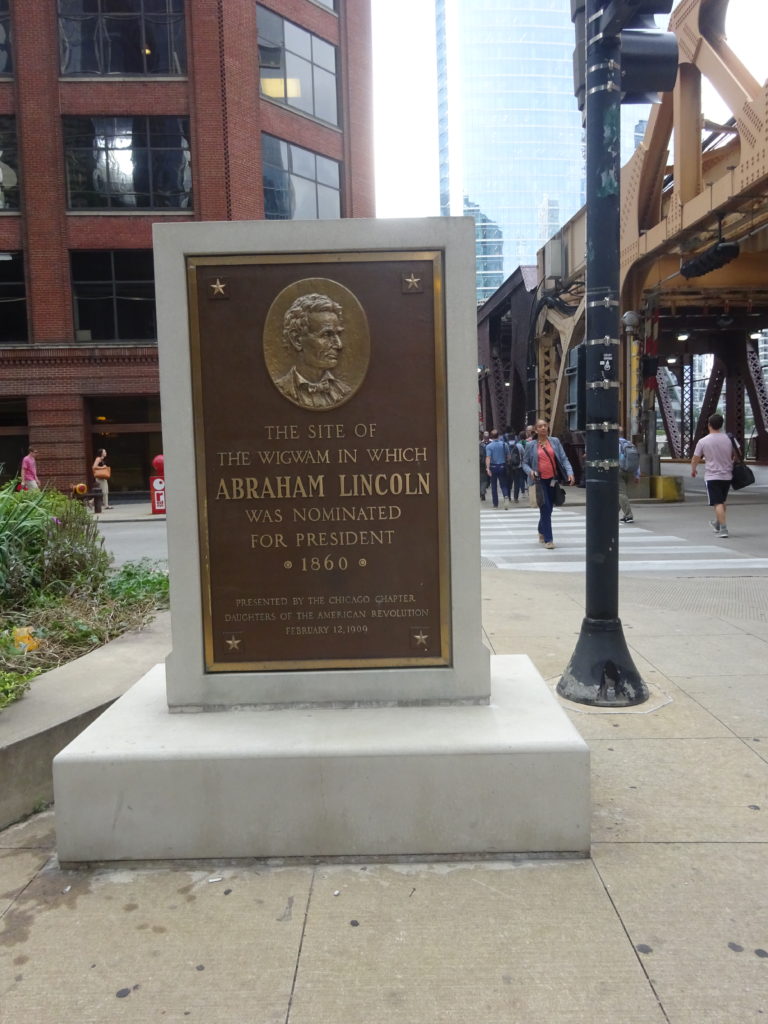
A seated Lincoln as “Head of State” graces Grant Park, not far from the Buckingham Fountain. Designed by Augustus Saint-Gaudens, this statue is “intended by the artist to evoke the loneliness and burden of command felt by Lincoln during his presidency.” It sits on a pedestal and a 150-foot wide exedra designed by famed architect Stanford White.
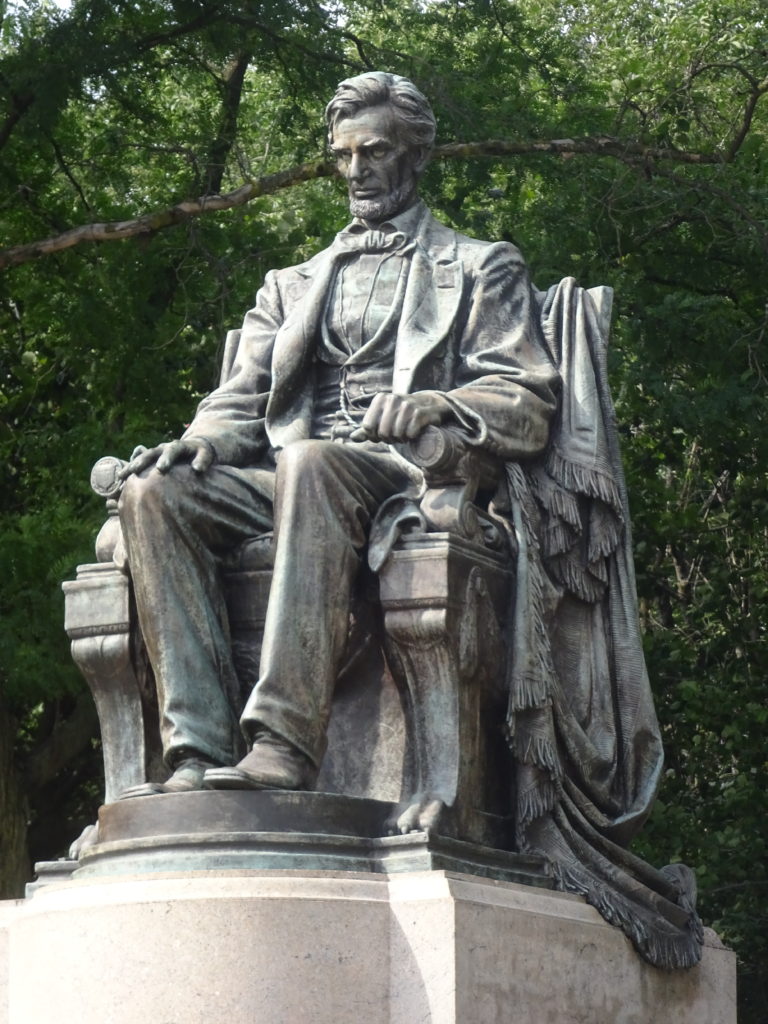
Another Saint-Gaudens design known by most as the “Standing Lincoln” (officially, “Lincoln: The Man”) can be found further up the lake in Lincoln Park. The sculpture shows a contemplating Lincoln, rising from a chair to give a speech. Copies of this statue stand in London’s Parliament Square and Mexico City’s Parque Lincoln.
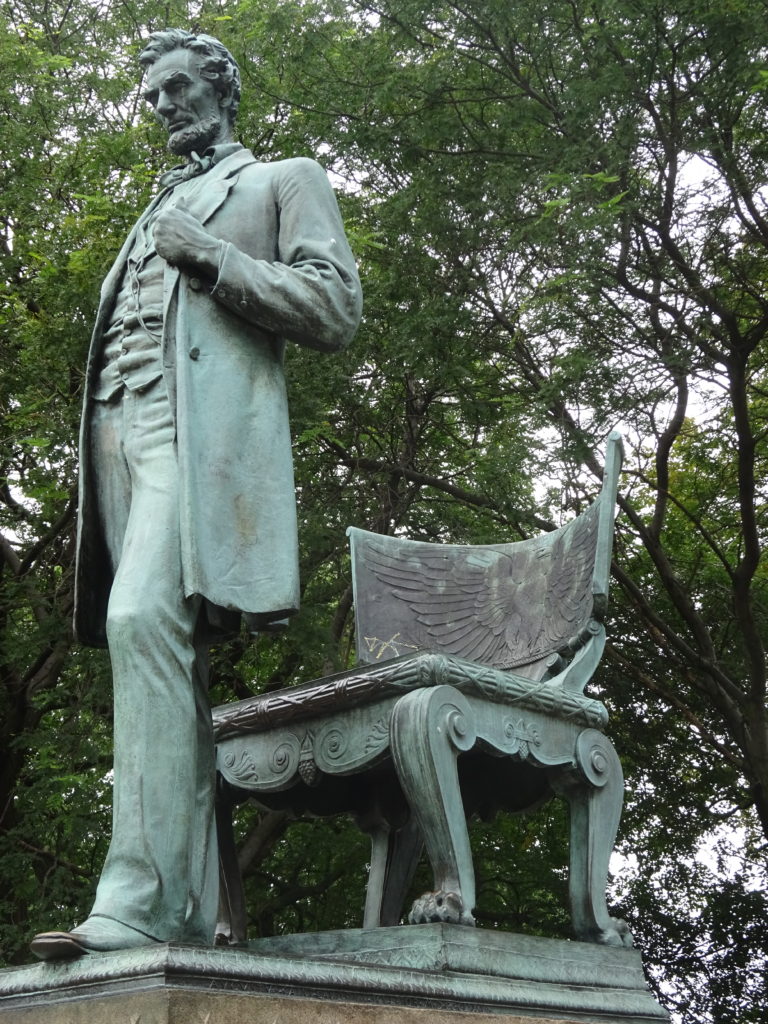
A lesser known statue is in Garfield Park, a short “L” ride west of downtown. Sculpted by Charles J. Mulligan, “Lincoln the Railsplitter” depicts a younger Lincoln, axe in hand, taking a break after splitting rails for fences on the farm.
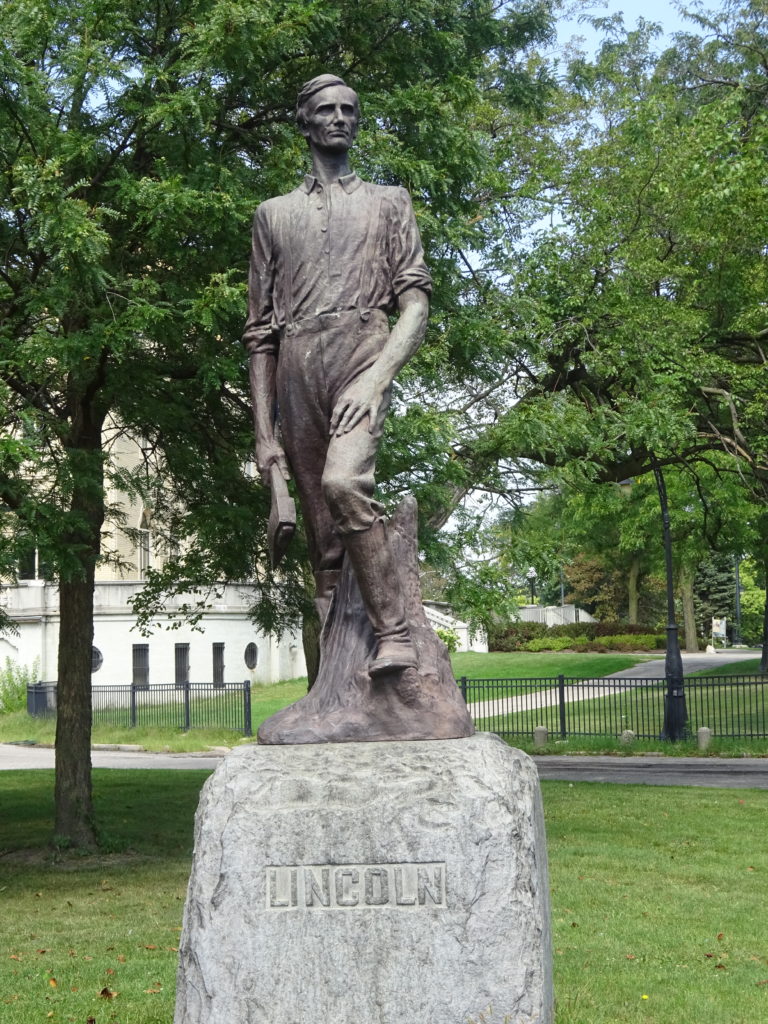
These are the main statues of Lincoln in the windy city, but he appears in many other places as well. That’s him dominating the side of a building down the street from the Chicago History Museum. Inside the Museum itself you can find the actual bed that Lincoln died in after being carried across the street from Ford’s Theatre into the Petersen House in Washington, D.C. At the Art Institute of Chicago I also found miniature versions of two sculptures by Daniel Chester French. One was the familiar seated Lincoln known to all visitors of the Lincoln Memorial in Washington, D.C. The other is a lesser known standing Lincoln statue, the original of which can be found in Lincoln, Nebraska. The newest Lincoln in Chicago is a huge bust located in the lobby of the Palmer Hotel.
Even that wasn’t the last of the Lincoln connections. While in Chicago I also visited an obscure area called Canal Origins Park. Here was the beginnings of the Illinois and Michigan Canal, an internal improvement project that Abraham Lincoln was instrumental in creating, and which helped grow Chicago from a tiny lakeside village to the dominant powerhouse city it is today. The park and its bas-relief sculptures are, sadly, poorly maintained.
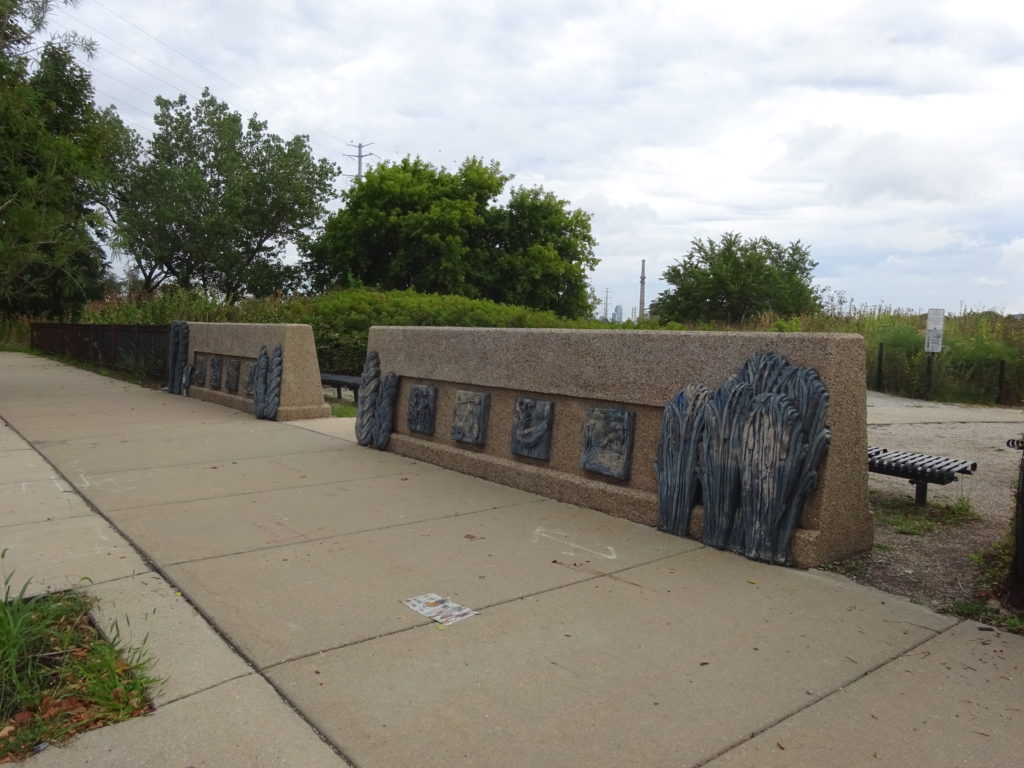
I ran out of time before I could visit another statue of a young Lincoln located about an hour north of town, so perhaps I’ll be visiting Chicago again soon. For now, there are more Chasing Abraham Lincoln plans in the works. Stay tuned.
David J. Kent is an avid science traveler and the author of Lincoln: The Man Who Saved America, in Barnes and Noble stores now. His previous books include Tesla: The Wizard of Electricity and Edison: The Inventor of the Modern World and two specialty e-books: Nikola Tesla: Renewable Energy Ahead of Its Time and Abraham Lincoln and Nikola Tesla: Connected by Fate.
Check out my Goodreads author page. While you’re at it, “Like” my Facebook author page for more updates!



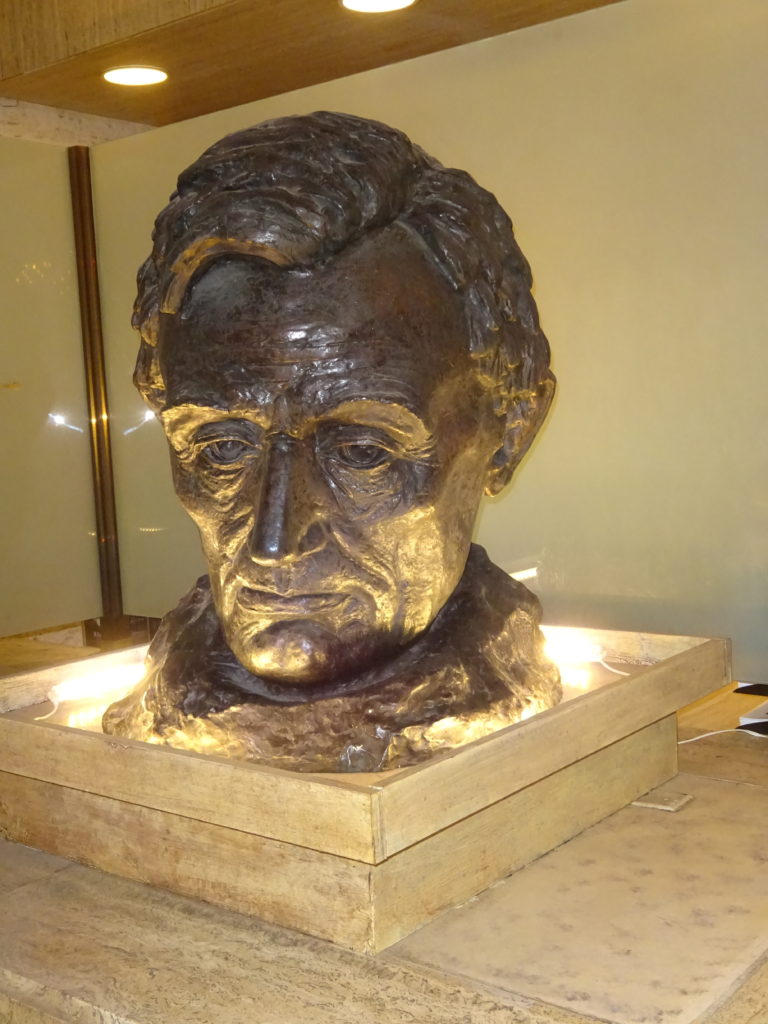


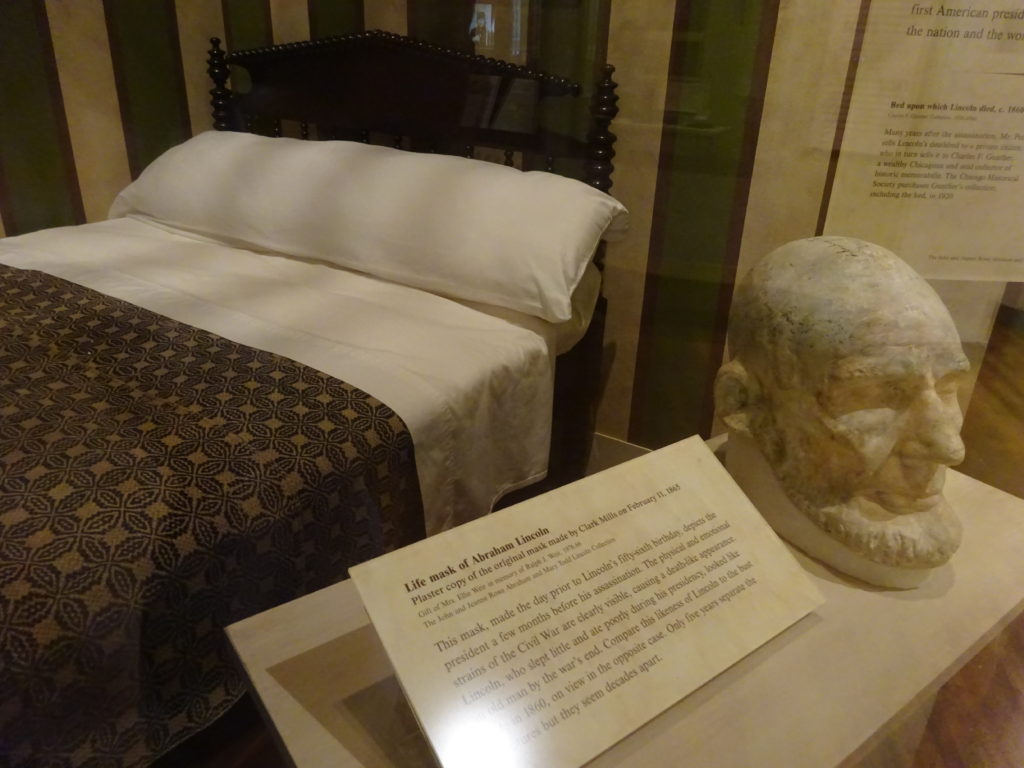

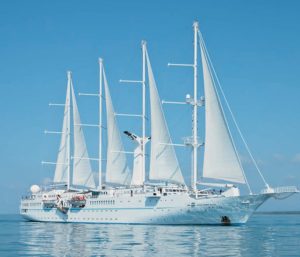 It seems my travel this year has been heavy on places starting with “C.” Soon I’ll add Caribbean Cruise on one of the
It seems my travel this year has been heavy on places starting with “C.” Soon I’ll add Caribbean Cruise on one of the 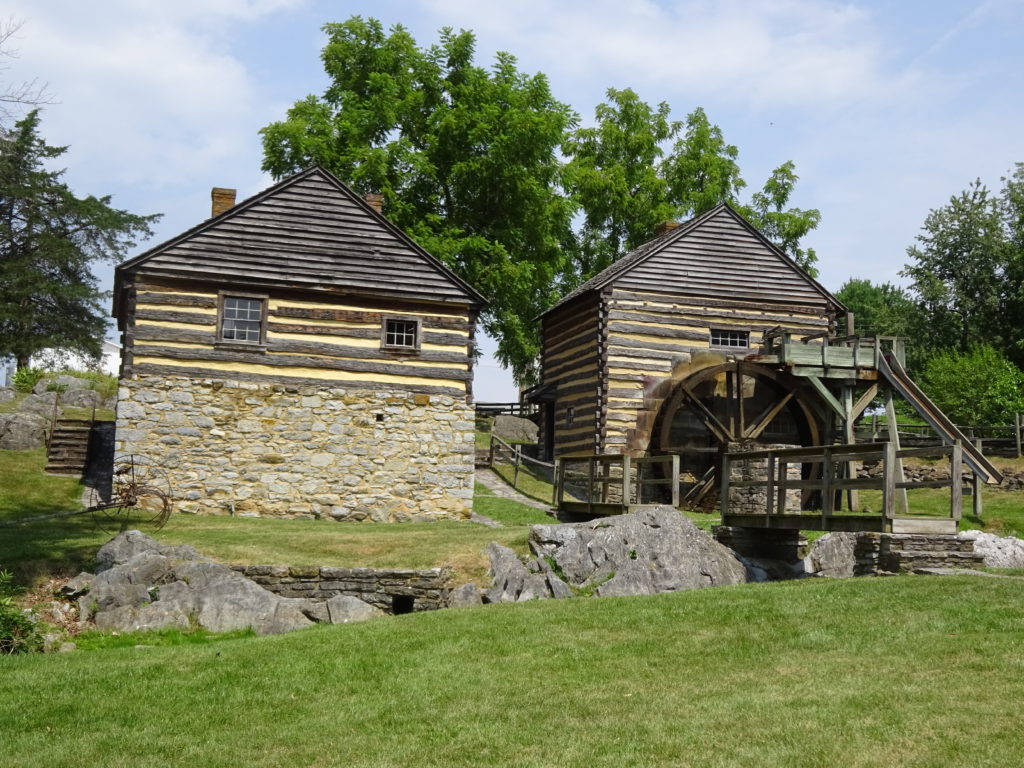
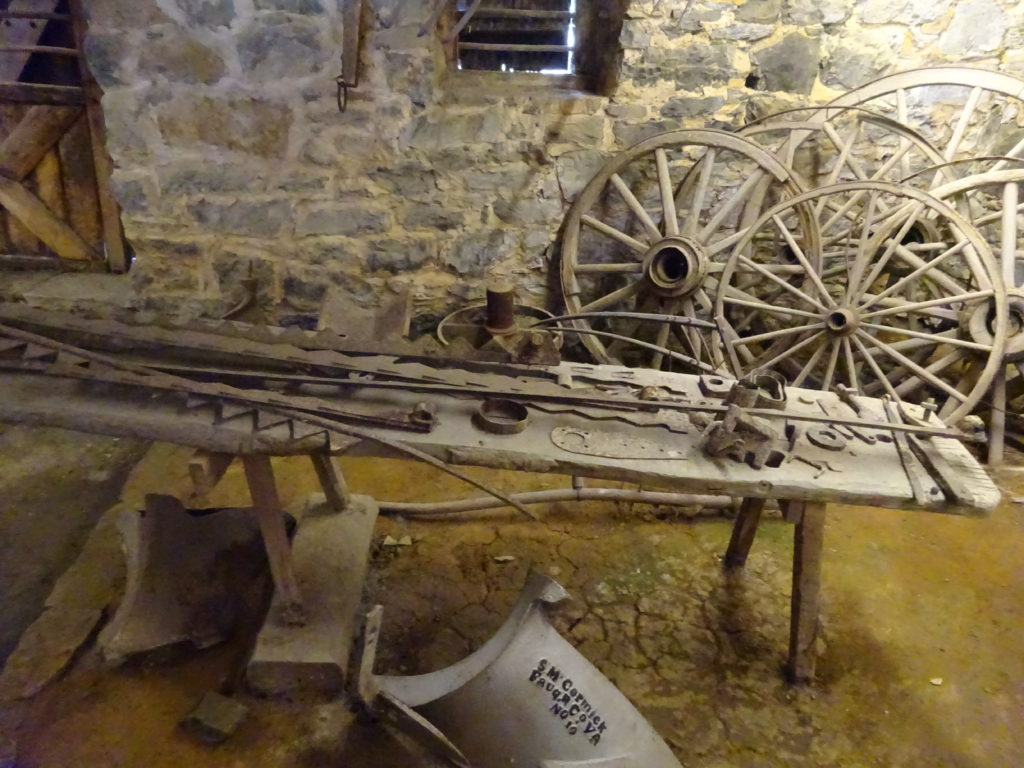
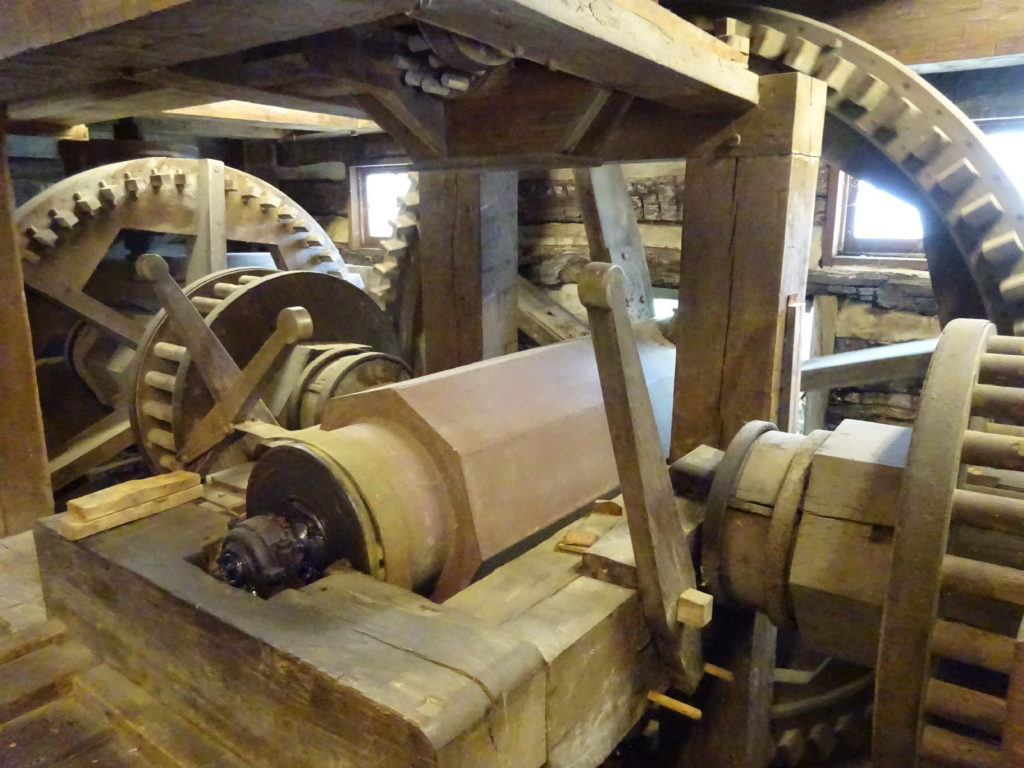
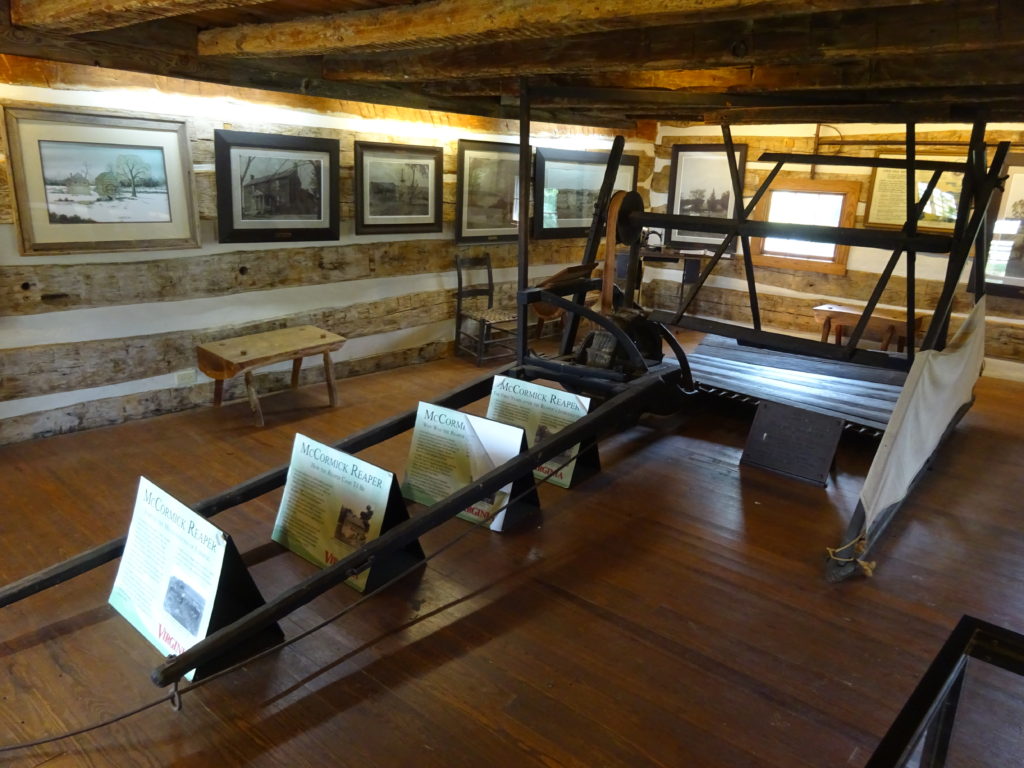
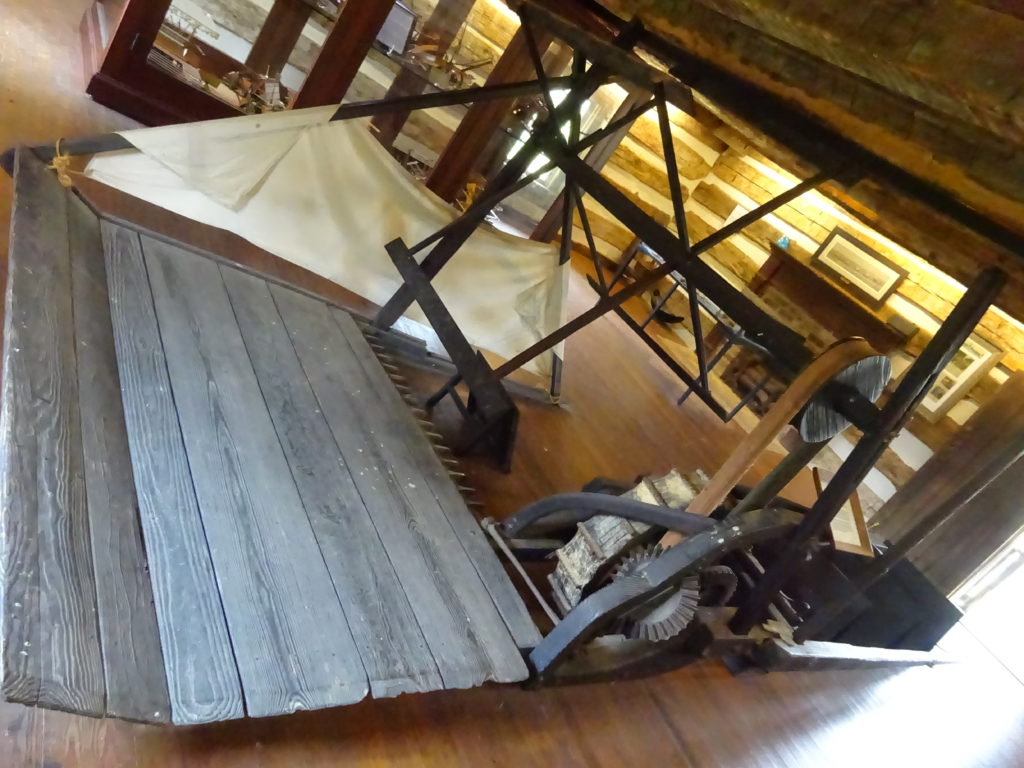
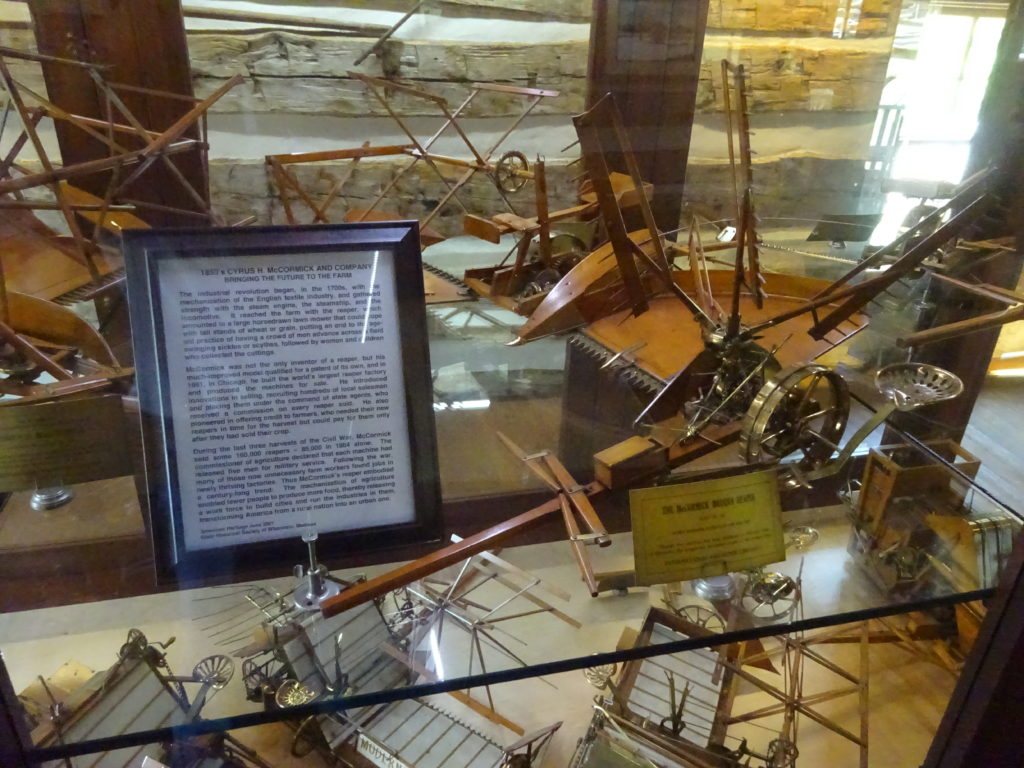

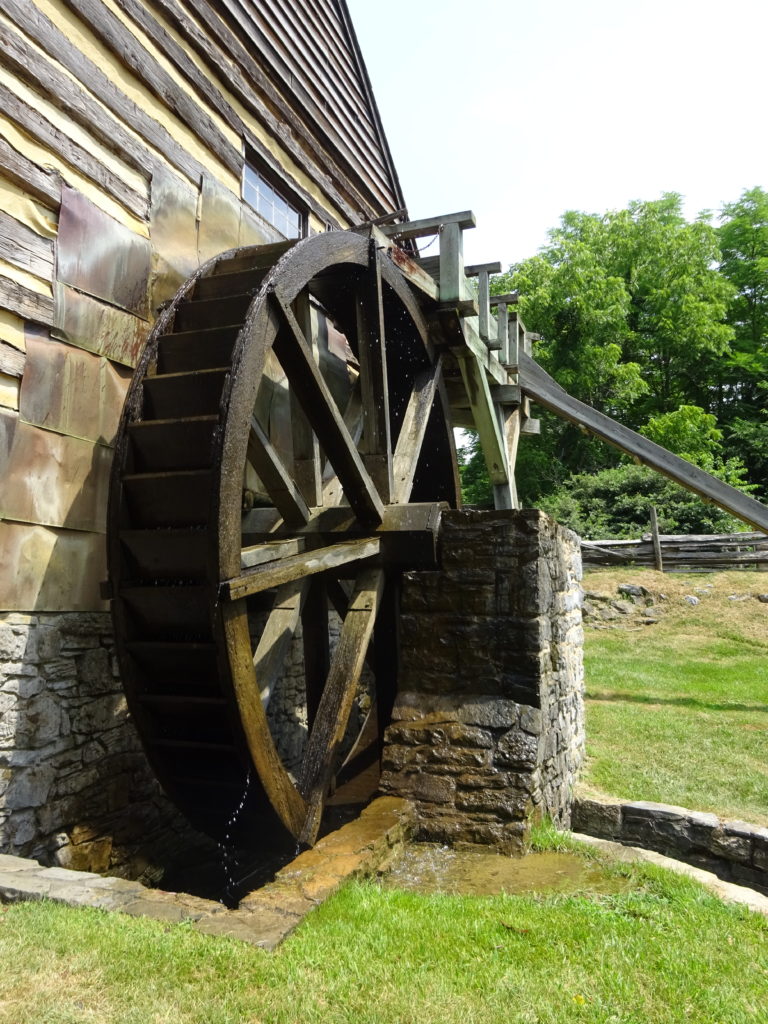
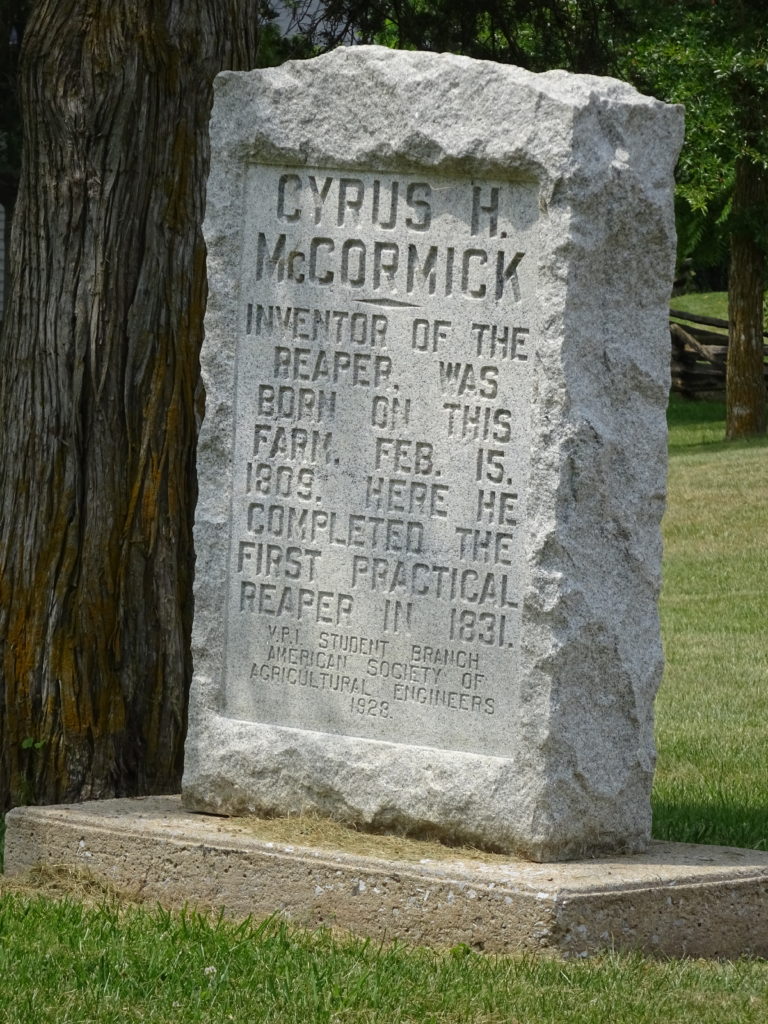
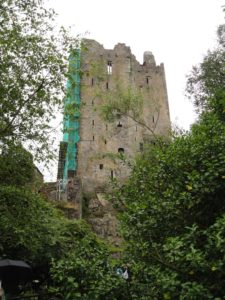 You’ve heard the schtick. Visit Blarney! Kiss the Blarney Stone! Gain the gift of eloquence! But should you do it? To kiss, or not to kiss, that is the question. Whether ’tis nobler in the mind to suffer the slings and arrows of outrageous condemnation by friends and family who bagger you with the question: “So, did you kiss the Blarney stone or not?” Or to take up arms against a sea of tourists who pay big bucks to participate in nothing but a huge tourist hype…and by opposing, end them.*
You’ve heard the schtick. Visit Blarney! Kiss the Blarney Stone! Gain the gift of eloquence! But should you do it? To kiss, or not to kiss, that is the question. Whether ’tis nobler in the mind to suffer the slings and arrows of outrageous condemnation by friends and family who bagger you with the question: “So, did you kiss the Blarney stone or not?” Or to take up arms against a sea of tourists who pay big bucks to participate in nothing but a huge tourist hype…and by opposing, end them.*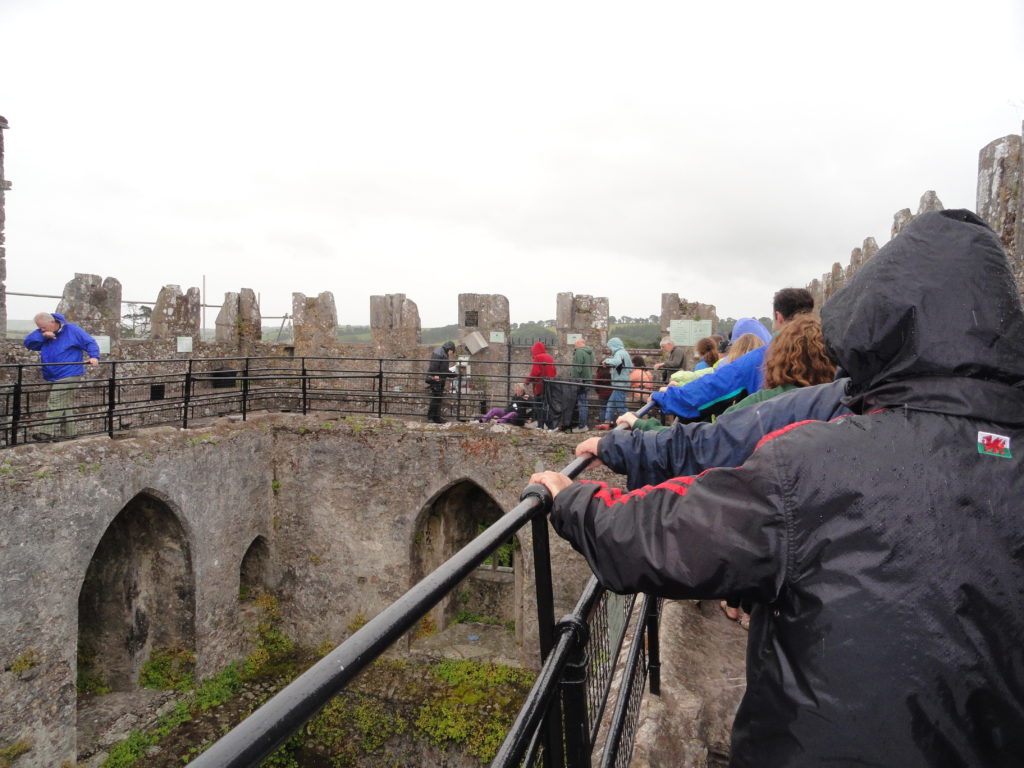
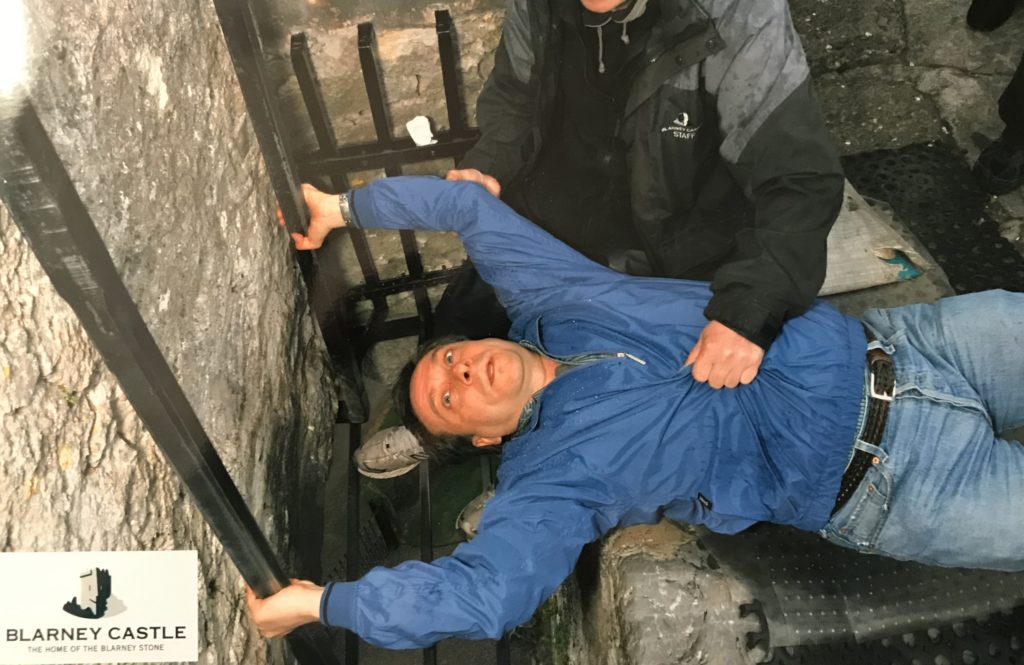
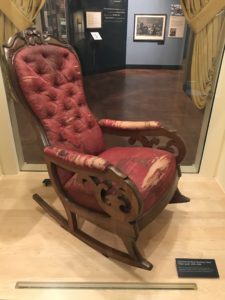 My Chasing Abraham Lincoln tour took me to Dearborn, Michigan to see the chair. “The Chair.” The rocking chair that Abraham Lincoln was sitting in the moment he was assassinated. The chair is in the Henry Ford Museum of American Innovation, which along with its outdoor venue, Greenfield Village, is a treasure trove for Abraham Lincoln aficionados.
My Chasing Abraham Lincoln tour took me to Dearborn, Michigan to see the chair. “The Chair.” The rocking chair that Abraham Lincoln was sitting in the moment he was assassinated. The chair is in the Henry Ford Museum of American Innovation, which along with its outdoor venue, Greenfield Village, is a treasure trove for Abraham Lincoln aficionados.

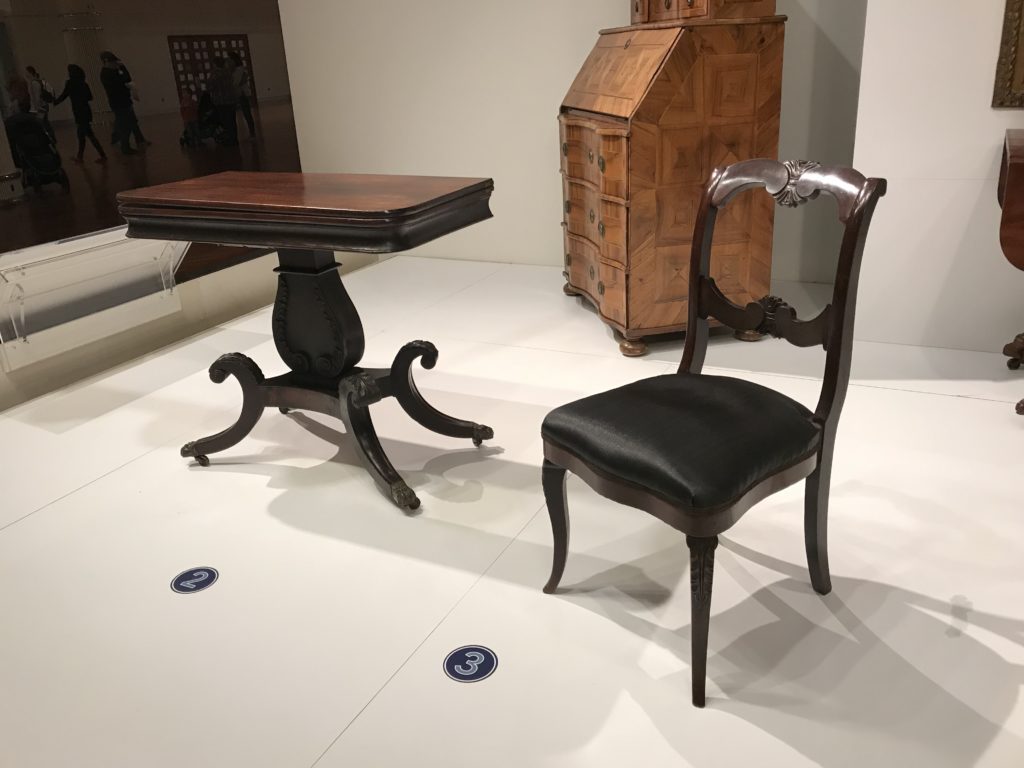
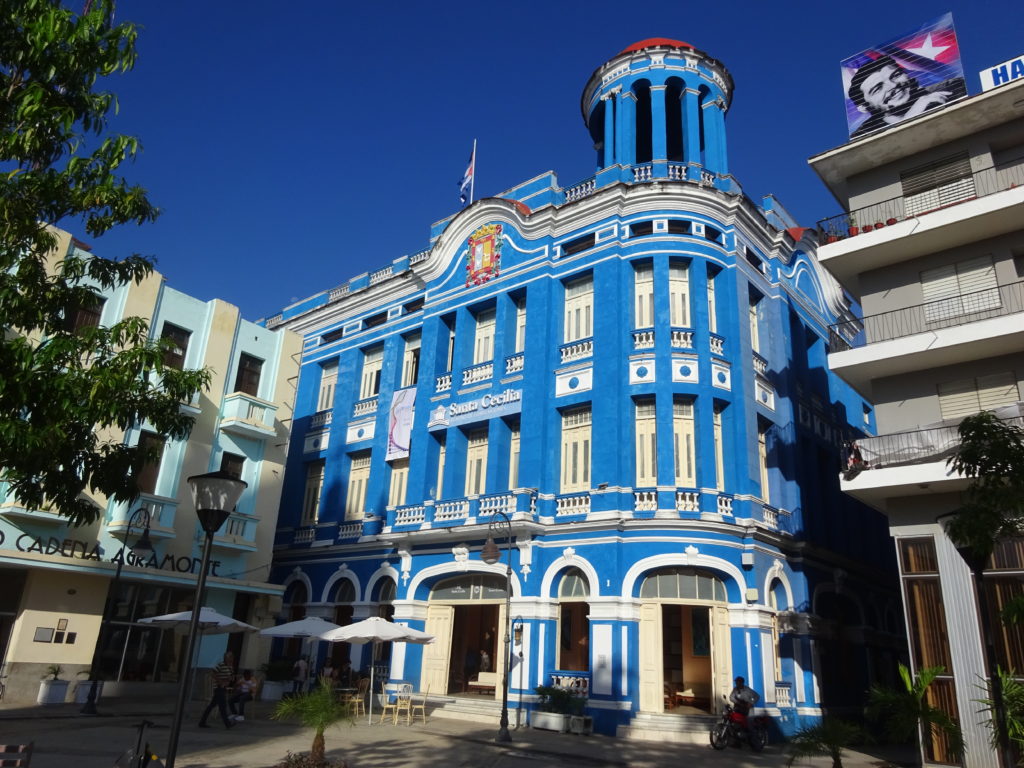






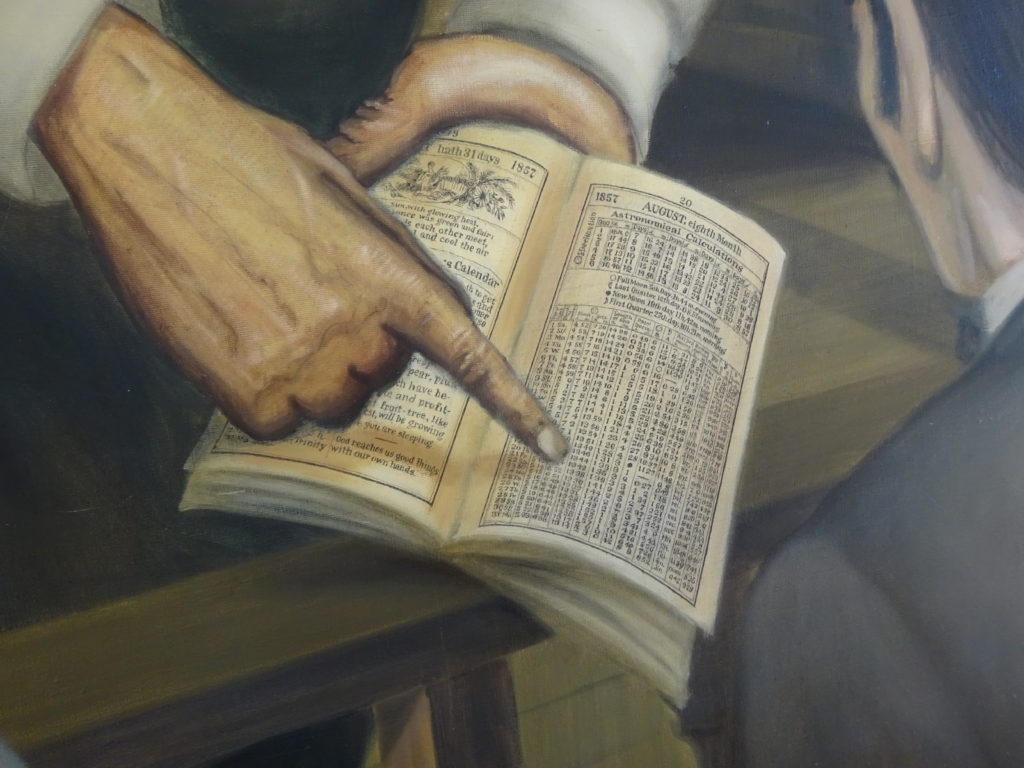




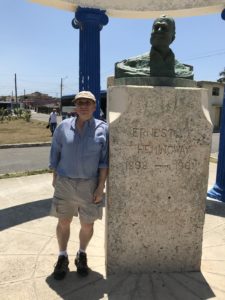 For twenty years of his life, Ernest Hemingway lived on the outskirts of Havana, Cuba. I spent some time recently visiting with the man who wrote The Old Man and the Sea. In fact, I visited the place where the real old man used to put to sea.
For twenty years of his life, Ernest Hemingway lived on the outskirts of Havana, Cuba. I spent some time recently visiting with the man who wrote The Old Man and the Sea. In fact, I visited the place where the real old man used to put to sea.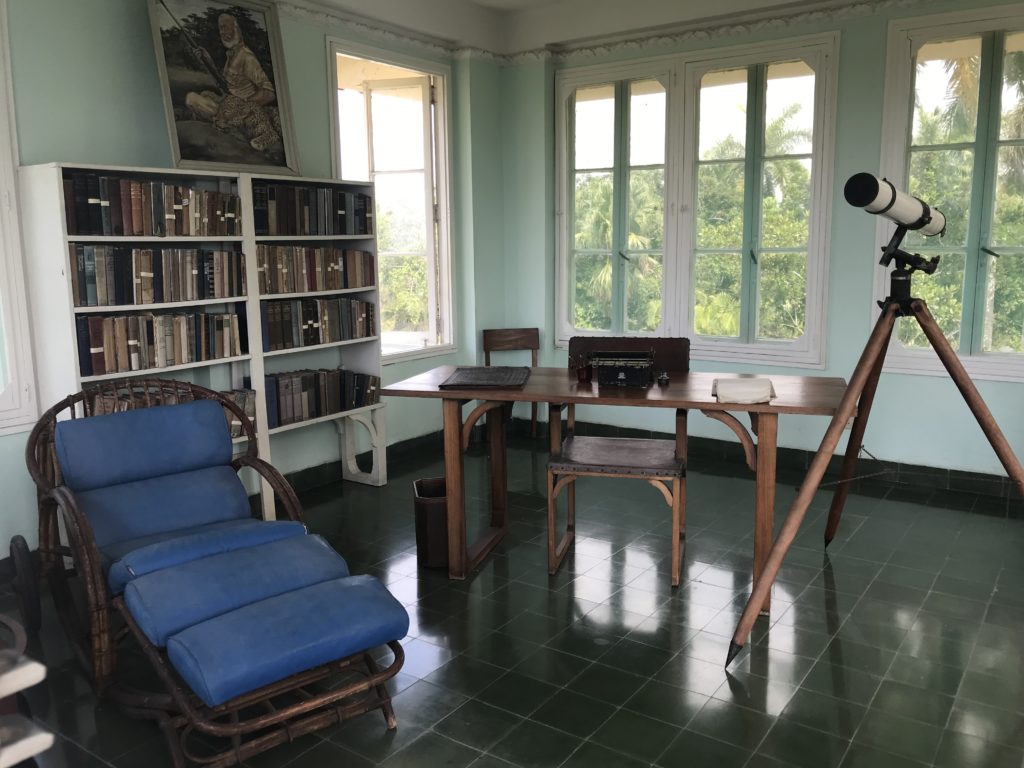
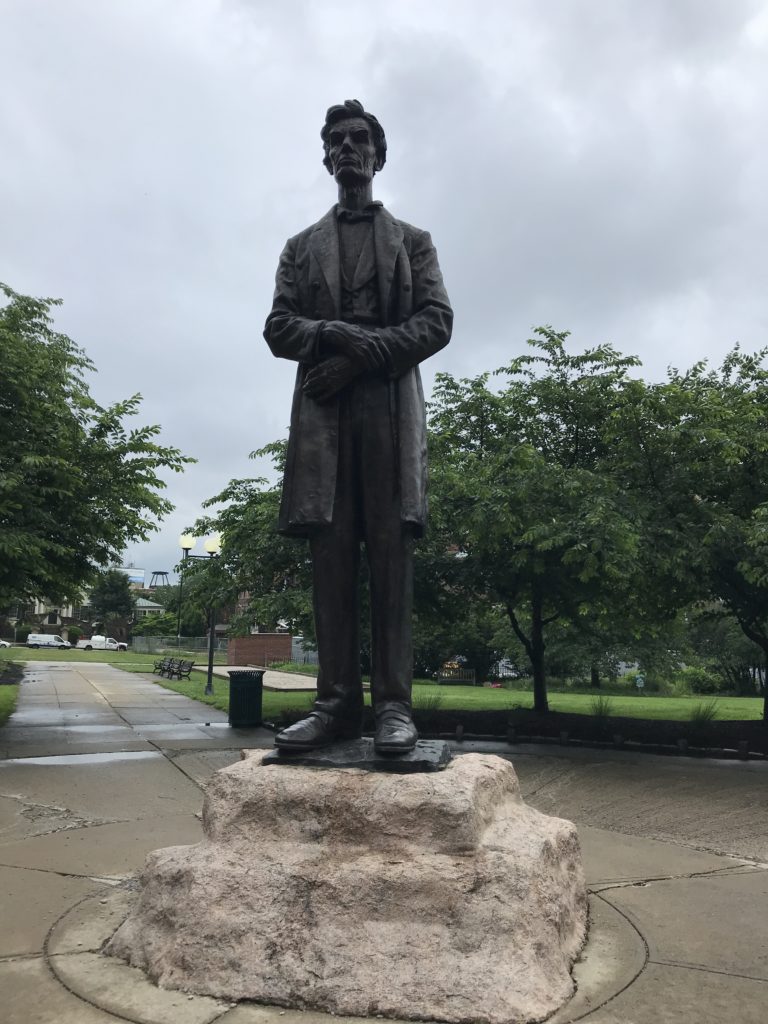 To be honest, it does look like Lincoln is feeling some distress (and not just because I was dodging rain drops to take the photo). The sculptor, George Grey Barnard, intended a frontier Lincoln, dressed his usual frumpy, with his arms clasped in front of him. At 11 feet tall, plus a pedestal, the statue is rather impressive.
To be honest, it does look like Lincoln is feeling some distress (and not just because I was dodging rain drops to take the photo). The sculptor, George Grey Barnard, intended a frontier Lincoln, dressed his usual frumpy, with his arms clasped in front of him. At 11 feet tall, plus a pedestal, the statue is rather impressive.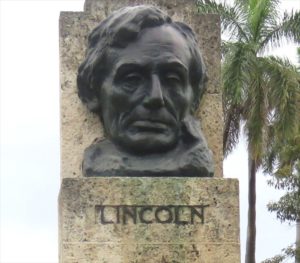 Abraham Lincoln is everywhere. I just saw his bust in a park in
Abraham Lincoln is everywhere. I just saw his bust in a park in 






